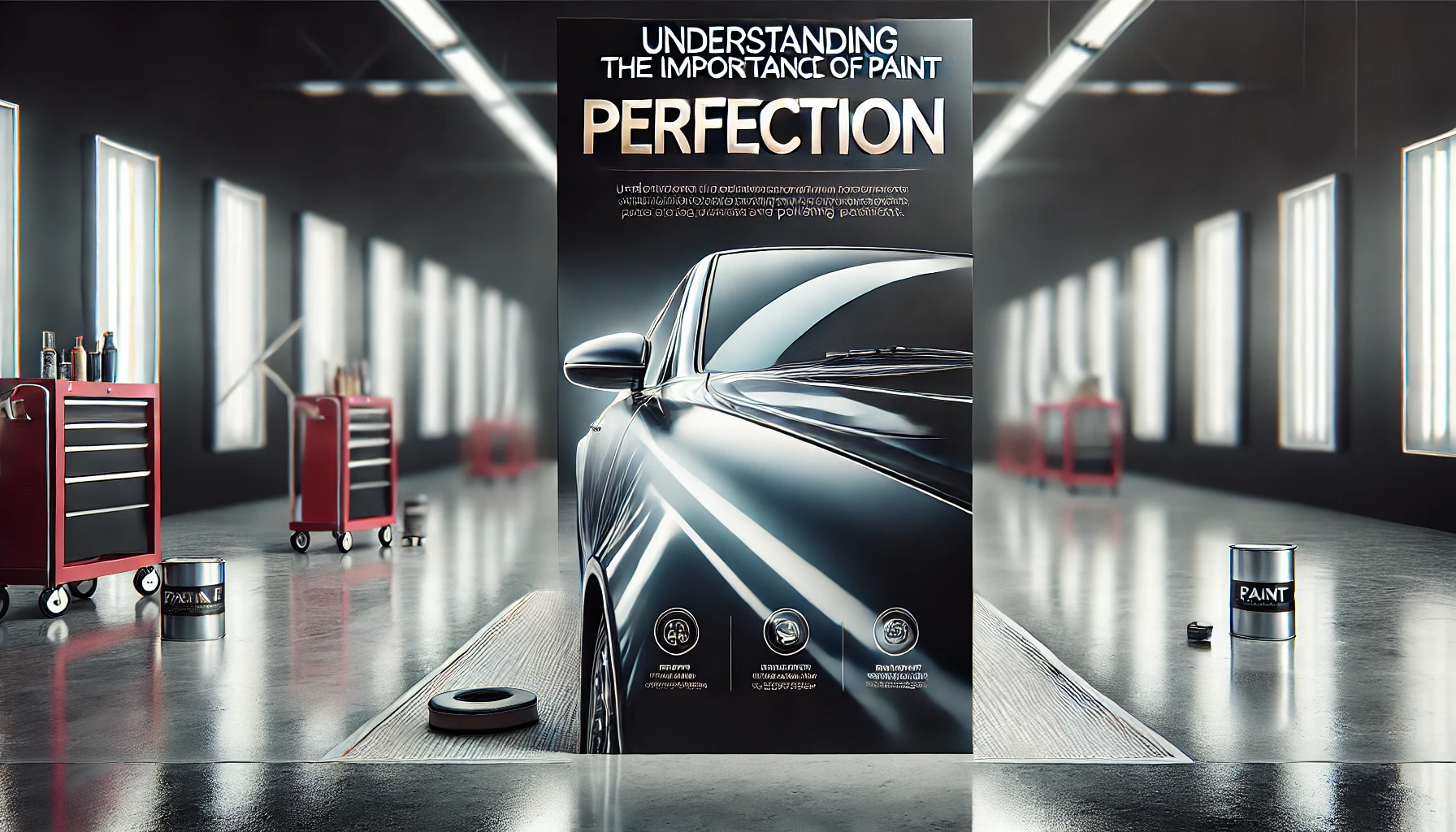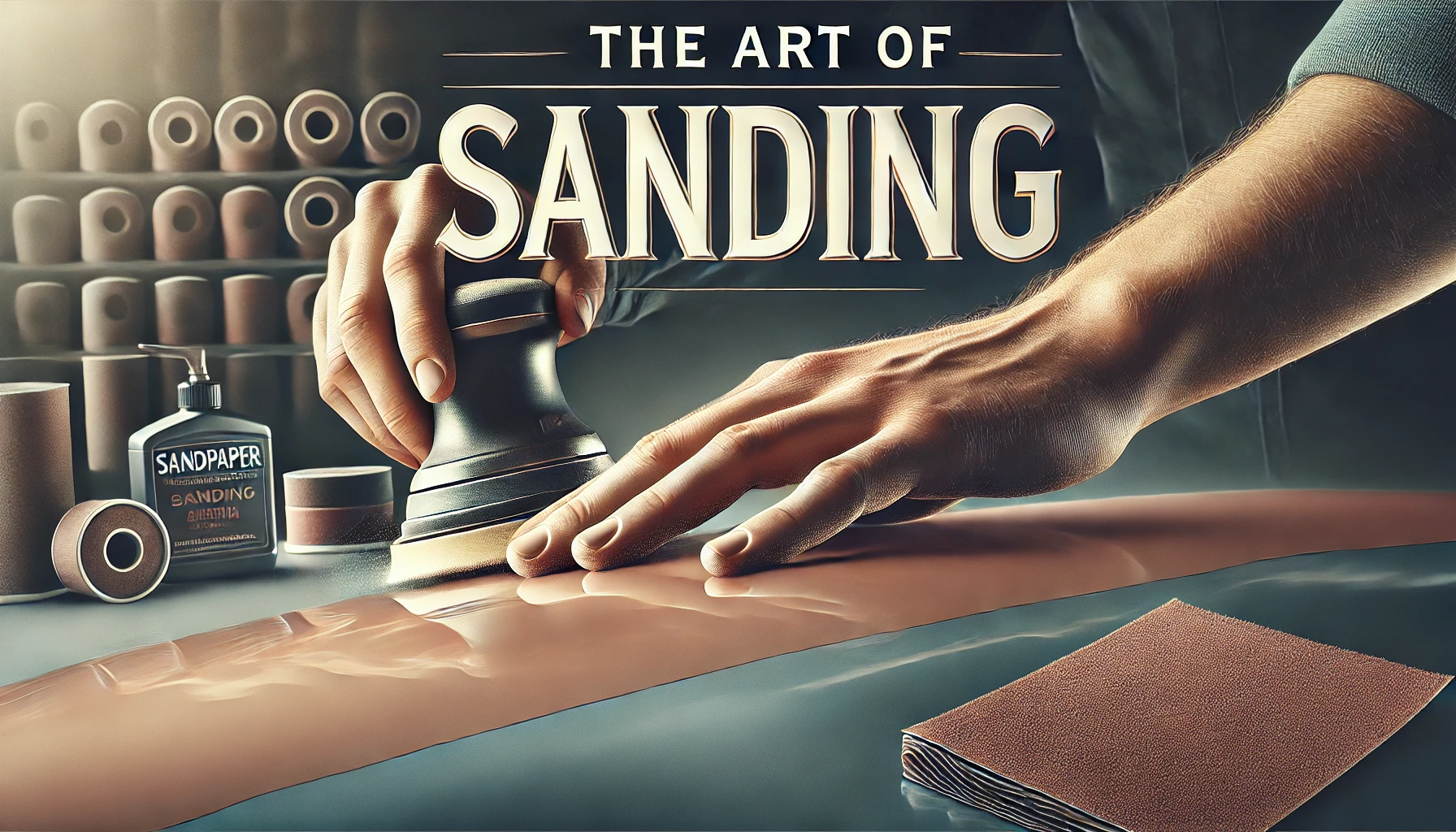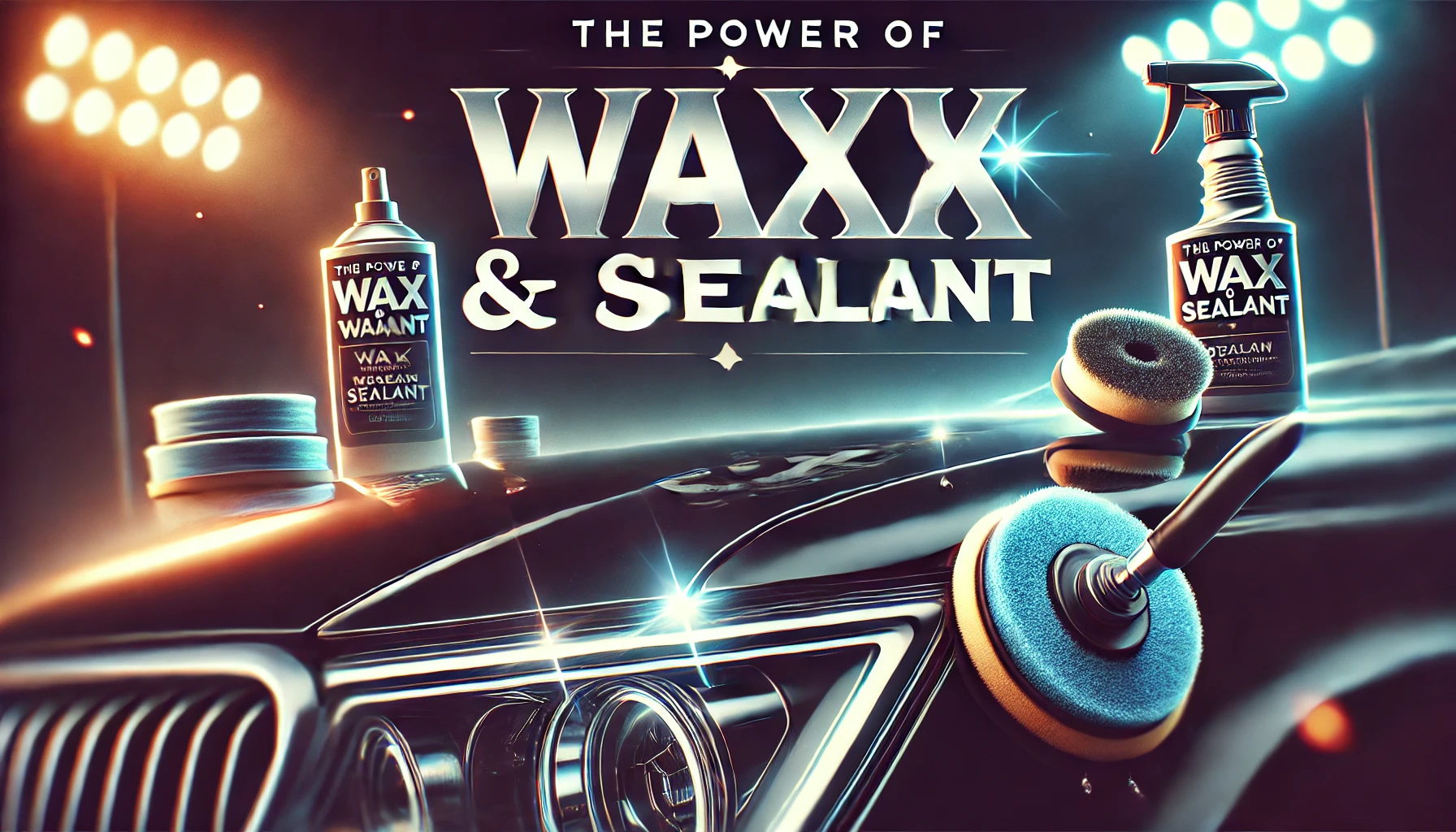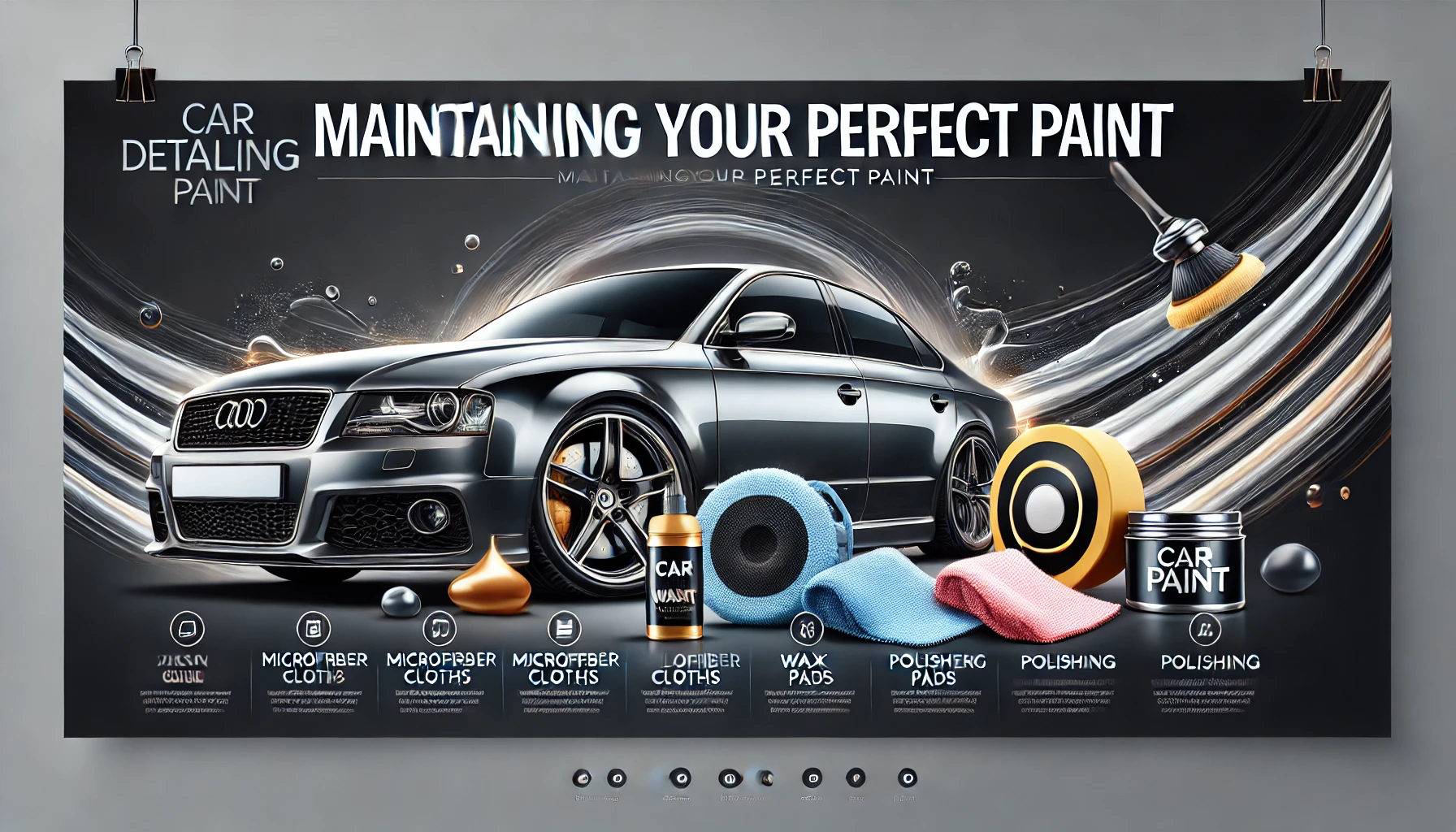Detailing your car to achieve a perfect continuity is a journey full of impatience, uniqueness, and information. Whether you are a car fan or you just want to maintain the cleanliness of your vehicle’s cowl, the knowledge and the ability to follow the principle steps for that perfect car paint can make a lot of difference. This weblog entry is to help you through the most important procedures of refining your car’s exterior, with a keen concentration in three vital aspects: sanding, waxing, and applying sealant.

1. Understanding the Importance of Paint Perfection
First things first, let’s look at the ways to perfect your car’s paint for there are some factors which one has to initially get the hang of. Besides these below-mentioned techniques, it’s a must to understand precisely the reason:
- Intensifies your own car’s looks
- Defends the paint from decay due to external sources
- Makes your car more valuable to others
- Cause self-gratification and maintain the car’s condition
2. Preparation: The Foundation of Success
Setting a proper base for the most successful implementation is a must:
- Clean the car properly and get rid of all the dirt and debris
- Use a clavus on the surface to extract the impurities embedded in the paint
- Persist in drying your vehicle so that the water does not turn into spots when eventually the sun comes out
- Avoid direct sunlight to avoid the quick drying of the product
3. The Art of Sanding

Sanding Paper is a final step in perfecting your car’s paint. Through this act, you can rid any scratches and unevenness and work towards a smooth luster that is only a few shades off a reflective mirror. Long story short, sanding mainly serves for:
- Firstly, the coarser grit paper (around 1000-grit) has to be used for defects that are more prominent
- Further higher grits (1500, 2000, 3000) must be used to get a smoother finish
- Paper the entire surface to make sure all areas have the same pressure
- Do you have a wetting agent? If yes, apply it generously to keep off the damage
- Fully clean the surface between grits to wash off the sanding residue
4. Polishing: Bringing Out the Shine
Then, the wax is what sets the whole process in motion while the gloss has the additional function to re-ignite newly remembered forgotten areas that would have equally remained dull to the observer’s eye, a plus being it also removes the tiny scratches tarnishing the paint.
- Pick the right polish for the condition of your paint
- Buffing could either be done by hand or with a dual-action polisher
- Buffing involves working on small parts and slightly overlapping one area to another
- Alter the pressure you apply when buffing to get the desired level of improvement
- Microfiber cloths are used to remove the remaining polish.
5. The Power of Wax & Sealant

The use of wax & sealant lies in their ability to protect the thoroughly corrected paintwork.
- It acts both as a barrier and it brings about shine
- Protective barriers provide longer protection in the outside world
- Just put on a thin even coat of wax or sealant
- The coating’s products have curing time this should be left according to manufacturer instructions or as long as necessary
- After that, polish the surface using a clean microfiber cloth
6. Choosing the Right Products
- Buy microfiber towels of good quality from a reputed seller in order not to scratch the paint
- Make sure you think about environmental issues while selecting items for your car
- Get valuable advice from professionals or experienced hobbyists, do not be afraid of it
7. Proper Technique: The Key to Success
Proper techniques are vital for professional results:
- Work only in the shadowed areas to avoid too fast a drying process
- Make all moves in a straight, parallel direction, while sanding or polishing
- Keep pressure at a constant level for the entire process
- Regularly change the polysure pads and microfiber cloths to prevent transfer of tiny particles
- Allow time to go slowly and be patient. The speed of rushing can lead to errors.
Also Read : Kurtis Neck Design Modern Simple & Stylish
8. Addressing Common Paint Issues
Various paint problems have different solutions:
- For the problem of oxidation, start with a clay bar before polishing
- In case there are deep scratches it is possible to spot sanding before the entire paint is fixed
- Some swirl marks can be polished away with fine compounds easily
- It’s possible that a touch-up paint should be the first step before you begin the correction process
9. Maintaining Your Perfect Paint

Once you’ve made that perfect finish, good maintenance becomes important:
- A pH-neutral shampoo should be used to wash your car
- One bucket should be used for washing the car while the second should be kept for rinsing
- Apply a quick detailer spray to add more protection after the wash
- Come back with wax or sealant every month or two based on whether your weather is hot or cold
- Think about using a ceramic coat for your car, it may help you to protect the car for a long time
10. When to Seek Professional Help
There are some things that DIY methods can do best but sometimes it is better to go to professionals:
- When there is severe paint damage or other correction
- When working with rare or very valuable vehicles
- If the time or the confidence to do the process is not there
- Application of industrial level ceramic coatings
Your car’s paint can be done to perfection and it will be like a science and the art at the same time, besides patience. One can achieve through careful reading on each process from solid preparation to the careful protective layer, to commendable detailing results. Just so you know, the key is picking the correct items to begin with, learning the right techniques and remaining constant from start to end. Riding it out with firm determination, you will start leaving heads turned with your car, better than ever, shining like a mirror. So whether you are a car lover who takes his car out only on weekends or alternatively, you are thinking of a show-car quality car, this guide will guide you on paint perfection the shielder and the beautifier of the vehicle for years to come.

